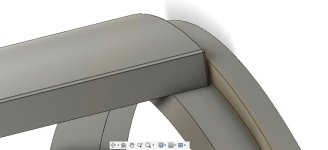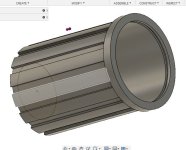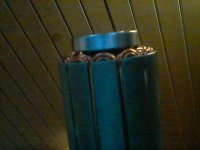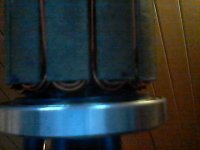Hummina Shadeeba
1 MW
what motors do it like this without glue?
ive seen it with aluminum but seems mechanically sketchy and was thinking of trying it with a mild steel ring. if in steel would the ring mess with the magnetic circuit or better direct it? im guessing it would help and maybe could shape the steel ring some best way probably, probably just closer to the stator and get some axial action.
magnets seem so hard Id like to try pressing them into a slightly too tight ring, or maybe that's how its typically done.

ive seen it with aluminum but seems mechanically sketchy and was thinking of trying it with a mild steel ring. if in steel would the ring mess with the magnetic circuit or better direct it? im guessing it would help and maybe could shape the steel ring some best way probably, probably just closer to the stator and get some axial action.
magnets seem so hard Id like to try pressing them into a slightly too tight ring, or maybe that's how its typically done.




